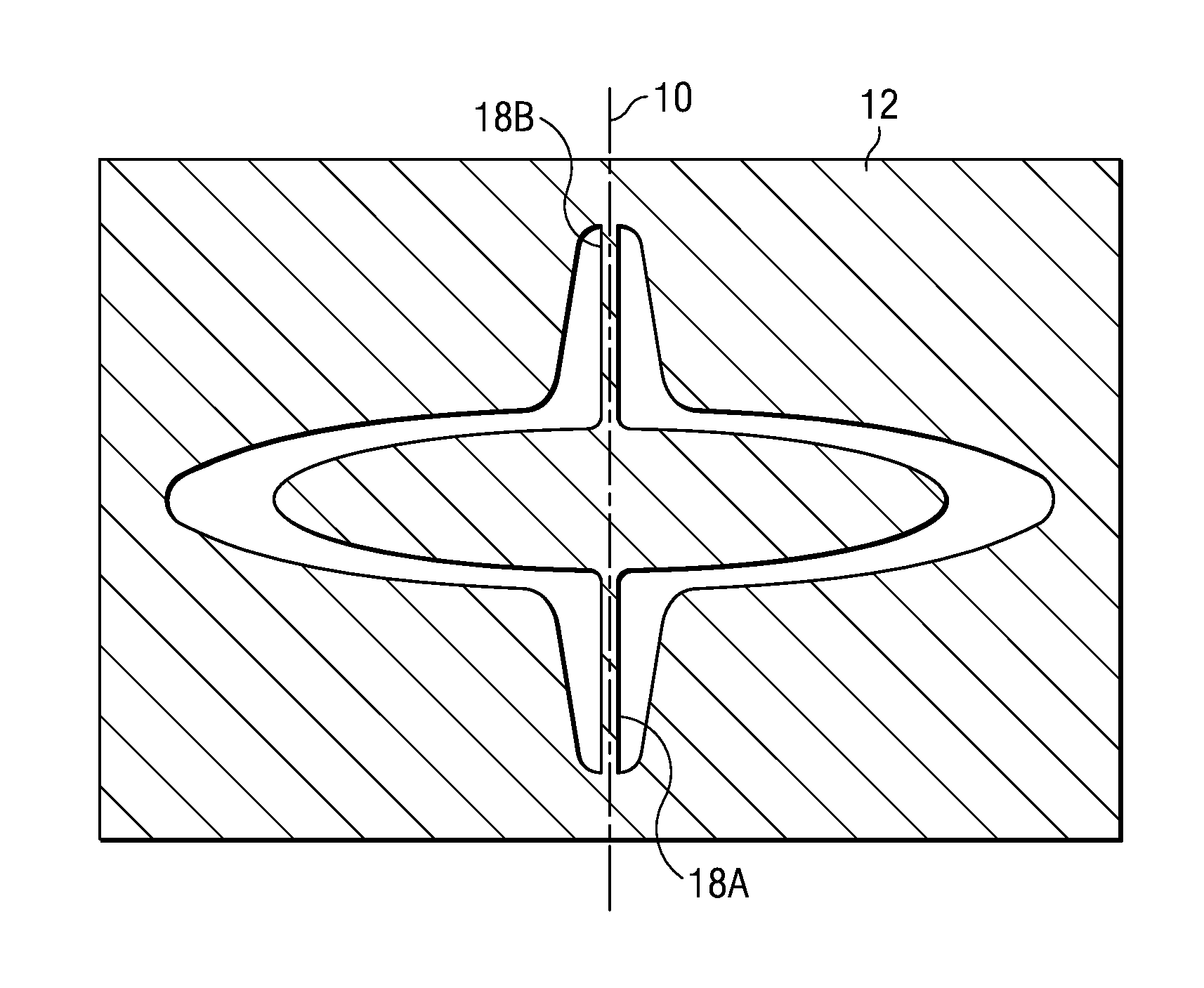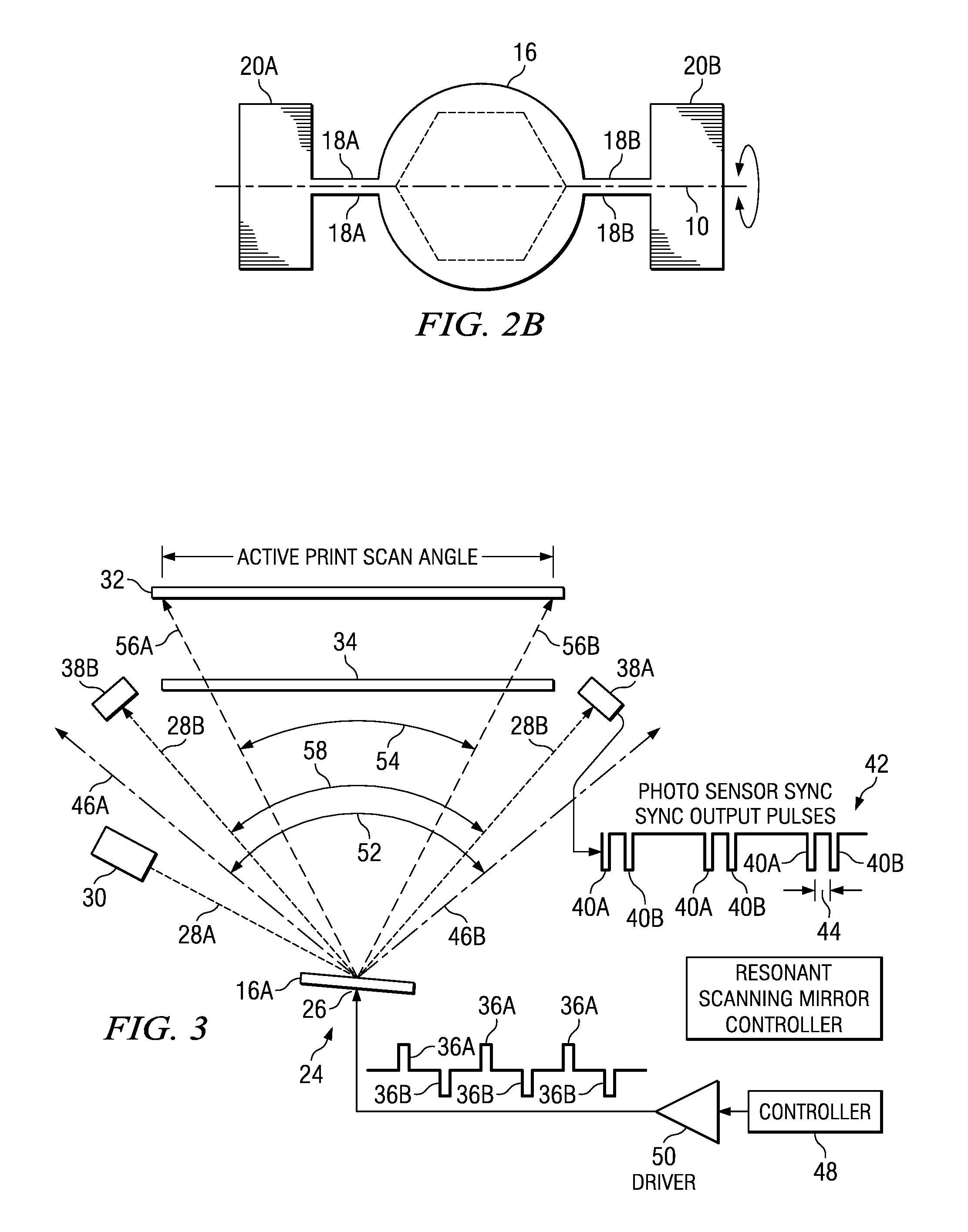Apparatus and methods for rapidly bringing a scanning mirror to a selected deflection amplitude at its resonant frequency
a scanning mirror and resonant frequency technology, applied in electrographic process apparatus, instruments, printing, etc., can solve the problems of large size of mirror system, large amount of power during operation, and large amount of power used in operation, and achieve the effect of greater duty cycle and deflection amplitud
- Summary
- Abstract
- Description
- Claims
- Application Information
AI Technical Summary
Benefits of technology
Problems solved by technology
Method used
Image
Examples
Embodiment Construction
[0024] The making and using of the presently preferred embodiments are discussed in detail below. It should be appreciated, however, that the present invention provides many applicable inventive concepts that can be embodied in a wide variety of specific contexts. The specific embodiments discussed are merely illustrative of specific ways to make and use the invention, and do not limit the scope of the invention.
[0025] Like reference numbers in the figures are used herein to designate like elements throughout the various views of the present invention. The figures are not intended to be drawn to scale and in some instances, for illustrative purposes, the drawings may intentionally not be to scale. One of ordinary skill in the art will appreciate the many possible applications and variations of the present invention based on the following examples of possible embodiments of the present invention. The present invention relates to a torsional hinged structure or apparatus with a movea...
PUM
 Login to view more
Login to view more Abstract
Description
Claims
Application Information
 Login to view more
Login to view more - R&D Engineer
- R&D Manager
- IP Professional
- Industry Leading Data Capabilities
- Powerful AI technology
- Patent DNA Extraction
Browse by: Latest US Patents, China's latest patents, Technical Efficacy Thesaurus, Application Domain, Technology Topic.
© 2024 PatSnap. All rights reserved.Legal|Privacy policy|Modern Slavery Act Transparency Statement|Sitemap



